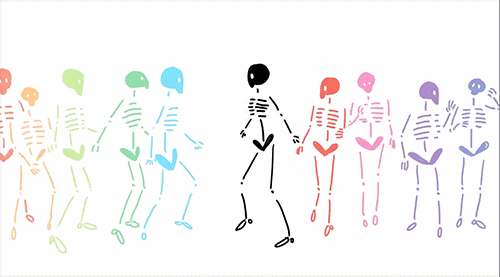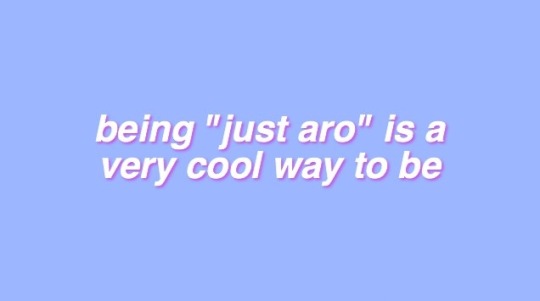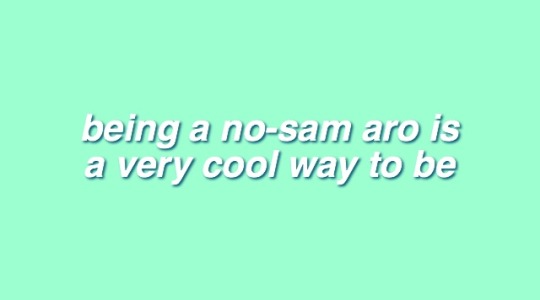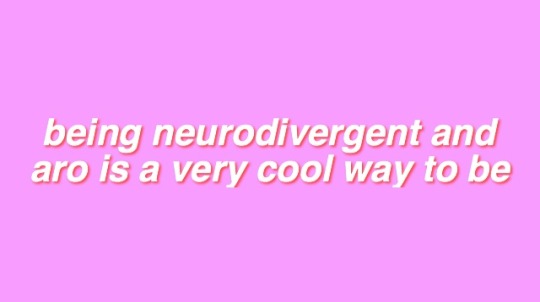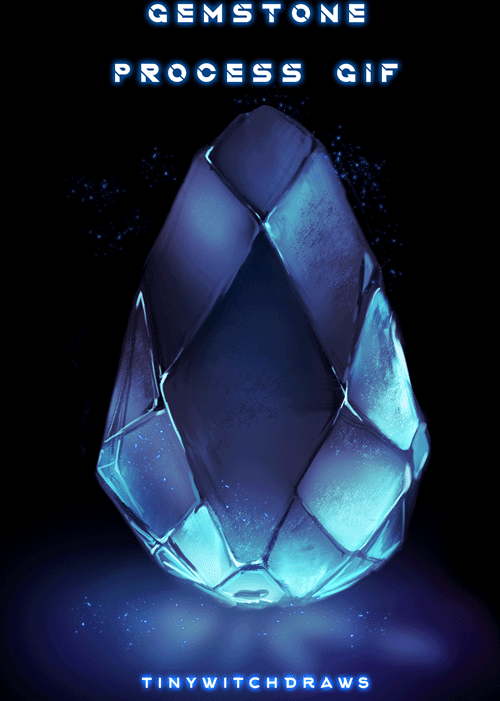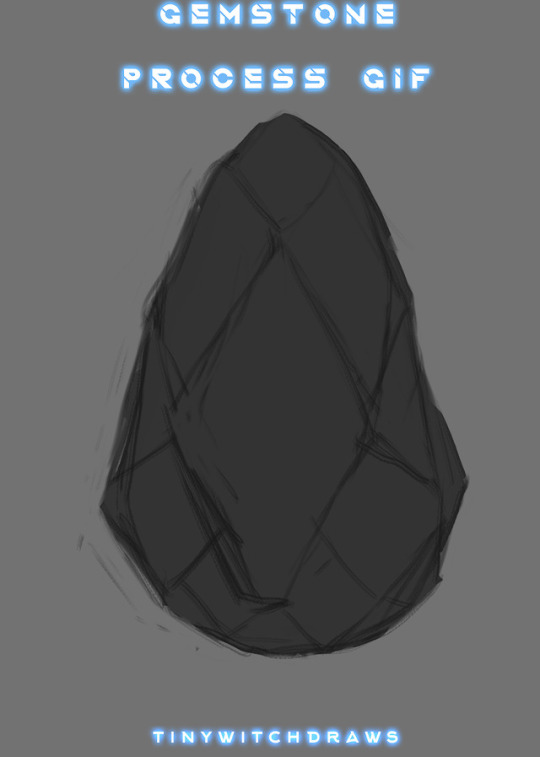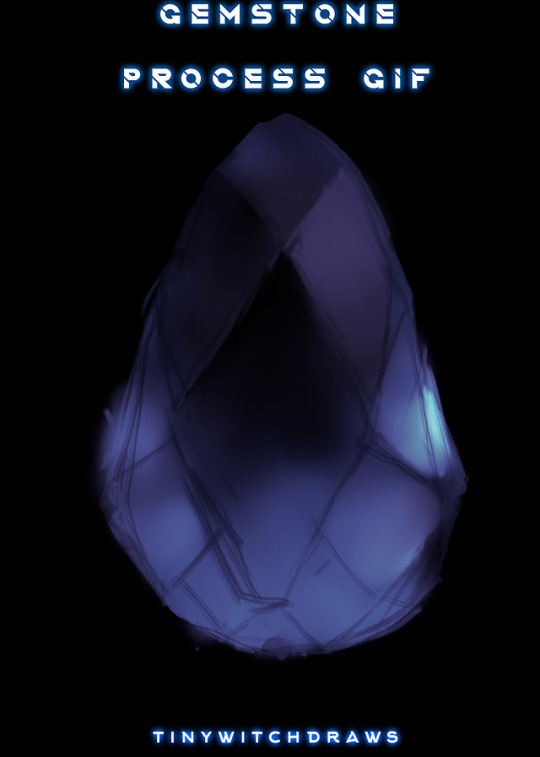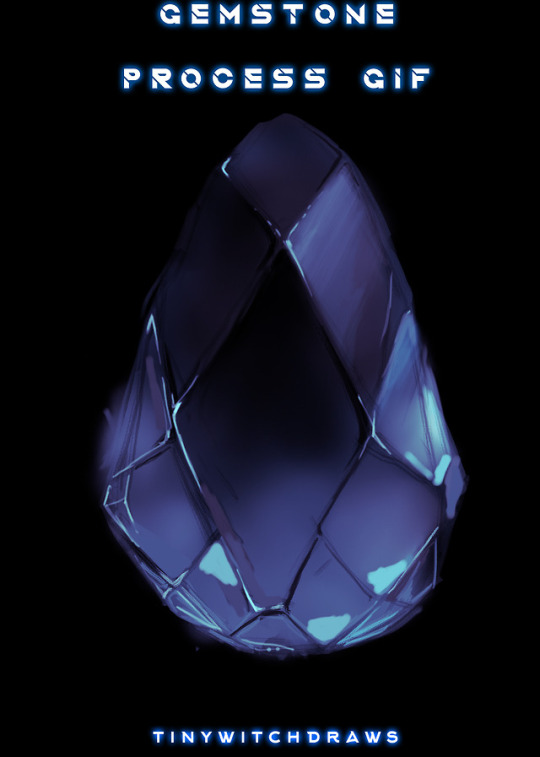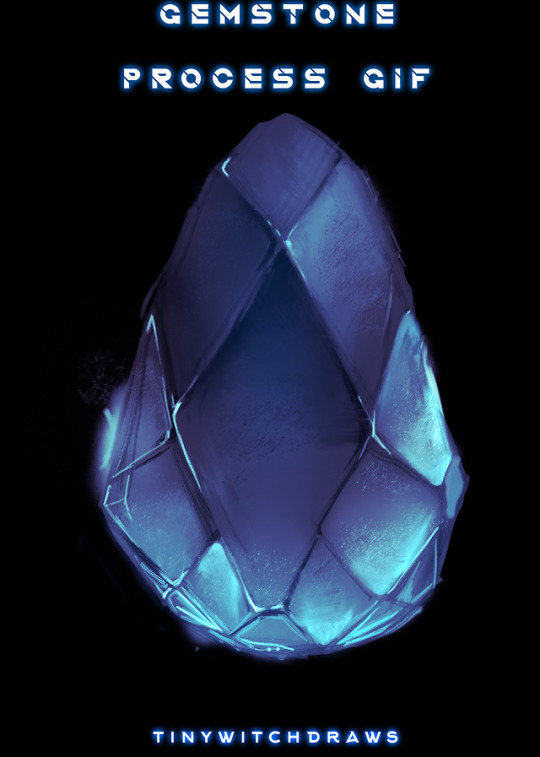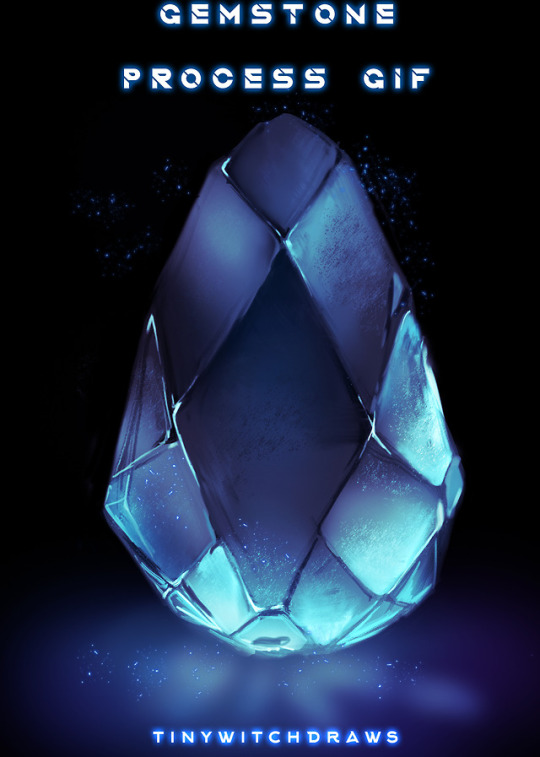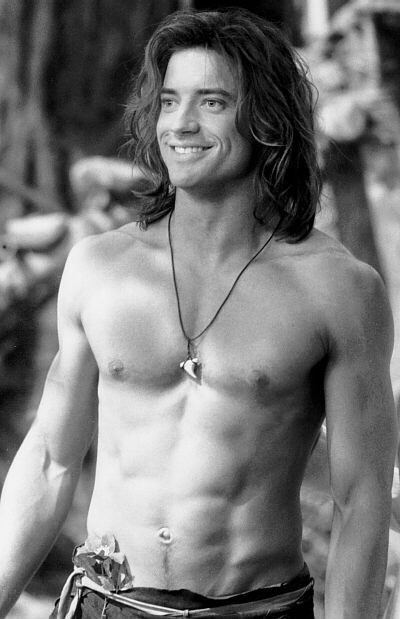Note
yo you have that one post that's like 'i wanna live in a big house w/ some ace aro buds' and I just think it's important you know that that entire post right there is a Whole Ass Mood
^^^^^^^^^^^^^^^^^^^^^^^^^^^^^^^^^^^^^^
7 notes
·
View notes
Note
why it pronouns? no disrespect, just curious
idk tbhsome voidpunk thing
6 notes
·
View notes
Text
The big texturing tutorial
1. Definition
Texturing is a technique that involves adding local shading and details on surfaces to better represent the material of an object.
This technique is of course closely linked to shading in general.
This is usually applied after defining a global shading.

From left to right :
Lineart
Global shading
Completed sprite
One of the big differences between global and local shading is homogeneity.
The very principle of global shading is to give a sufficiently contrasting effect between the shaded and lit areas to bring out volume and depth.
Conversely, a texture must be as homogeneous as possible. It must be able to be applied on large, uniform surfaces, without making it look bad.
2. Applying a texture
A texture being homogeneous in terms of its luminosity/contrast, if it is applied to an object without taking into account the global shading, we will lose any effect of volume and depth.

A texture applied to a sphere without shading.
Only the deformation of the texture can give us a clue on the shape of the object, but it is still difficult to discern.
Homogeneous contrast
When applying a texture to an object, shadows must also be taken into account.
It is therefore important to maintain a uniform contrast between colours. A dark line separating a light zone from a dark zone should not keep the same colour between these two zones.

The color of the line will be lighter on the lighter side and darker on the darker side to preserve its contrast with the background.
In the same way it is possible to apply a texture or pattern on a shaded object, by proceeding to a simple color shifting in our palette.

Combination of a texture (left) and an object that is not textured but shaded (middle).
3. Local shading
Since shading is used to highlight the bumps, there are generally two possible cases:
A groove
A bump
Each of these cases can be more or less accentuated by playing on the colors, the intensity of shadows and lights.

On the upper line, troughs ranging from the weakest to the strongest bumps.
On the second line, these are bumps that stand out.
The mastery of these light bumps is very important, it is the basis of the textures, and will make it possible to manage all the simple cases, such as wood or matte plastic.
Example of application on a simple object:

4. Reflections
The application of a reflection is done in a simple way, by applying diagonal strips of light of varying thicknesses, and following a few rules.

A trough or bump will create an offset at the reflection level (proportional to the height change).
As for the shadows, there is no absolute, depending on the palette or the material represented, it is possible to lighten or not the area at the reflection level.
It is also important not to have parallel light bands on faces that are not oriented in the same direction, as on this cube:

Concrete example of the application of a gold texture on our drawers:

Or, added reflections on our previous crate:
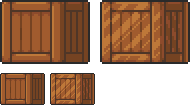
5. Dithering and granularity
Dithering consists in creating a new false color from a checkerboard or other regular pattern of two colors close enough to give an illusion of mixing.
The closer the colours are, the stronger the illusion will be. The more the colours are contrasted, the stronger the granularity effect will be.

Dithering is basically used to obtain fake intermediate shades on limited palettes, but it is also very useful for making complex and rough textures.

Example of complex dithering separating 3 colors over a wide area.

The nature of the pattern totally changes the roughness aspect.
Example of the application of a sandy rock on our drawers:

Or add grain to our crate:

6. The art of destruction
The more complex a texture is, the more it will combine fundamental techniques such as bumpiness, reflections or granularity.
However, some materials need to go further, by cutting, slash or breaking the base support.
Cuts
It works much like bump, but on a much finer surface.
We are subject to the same rules, of which here is a summary image:

From the finest to the most pronounced, on the first line of the cuts, and on the second of the bumps.
A concrete example on our crate:

Exercises
Since nothing beats practice to learn, here is a series of examples from the simplest to the most complicated.
For each exercise resolved, post your results.
Mastering tools
Add a strong bump on the text of this image, except the ‘x’ which must be a groove (the center must be dug more strongly than the rest of the ‘x’):

Palette:

Add reflections on the image obtained between the two red lines shown below:

Now cut and break the letter ‘e’ as well as possible.
Add grain to the letter ‘l’.
Finalize a sprite
Texturize/colorize this sprite:

Palette:

Add reflections on the inside of the doors to give the impression that there are windows.
Add damage (cuts etc) on the right side of the wardrobe.
Make a variant of this cabinet by redoing it in gold using the palette of the gold drawers example in the tutorial.
Palette:

Do the same with the sandy rock.
Palette:

Sample solutions
Here are some solutions by a talented friend :

Gif process
The end.
30K notes
·
View notes
Text
The big texturing tutorial
1. Definition
Texturing is a technique that involves adding local shading and details on surfaces to better represent the material of an object.
This technique is of course closely linked to shading in general.
This is usually applied after defining a global shading.

From left to right :
Lineart
Global shading
Completed sprite
One of the big differences between global and local shading is homogeneity.
The very principle of global shading is to give a sufficiently contrasting effect between the shaded and lit areas to bring out volume and depth.
Conversely, a texture must be as homogeneous as possible. It must be able to be applied on large, uniform surfaces, without making it look bad.
2. Applying a texture
A texture being homogeneous in terms of its luminosity/contrast, if it is applied to an object without taking into account the global shading, we will lose any effect of volume and depth.

A texture applied to a sphere without shading.
Only the deformation of the texture can give us a clue on the shape of the object, but it is still difficult to discern.
Homogeneous contrast
When applying a texture to an object, shadows must also be taken into account.
It is therefore important to maintain a uniform contrast between colours. A dark line separating a light zone from a dark zone should not keep the same colour between these two zones.

The color of the line will be lighter on the lighter side and darker on the darker side to preserve its contrast with the background.
In the same way it is possible to apply a texture or pattern on a shaded object, by proceeding to a simple color shifting in our palette.

Combination of a texture (left) and an object that is not textured but shaded (middle).
3. Local shading
Since shading is used to highlight the bumps, there are generally two possible cases:
A groove
A bump
Each of these cases can be more or less accentuated by playing on the colors, the intensity of shadows and lights.

On the upper line, troughs ranging from the weakest to the strongest bumps.
On the second line, these are bumps that stand out.
The mastery of these light bumps is very important, it is the basis of the textures, and will make it possible to manage all the simple cases, such as wood or matte plastic.
Example of application on a simple object:

4. Reflections
The application of a reflection is done in a simple way, by applying diagonal strips of light of varying thicknesses, and following a few rules.

A trough or bump will create an offset at the reflection level (proportional to the height change).
As for the shadows, there is no absolute, depending on the palette or the material represented, it is possible to lighten or not the area at the reflection level.
It is also important not to have parallel light bands on faces that are not oriented in the same direction, as on this cube:

Concrete example of the application of a gold texture on our drawers:

Or, added reflections on our previous crate:

5. Dithering and granularity
Dithering consists in creating a new false color from a checkerboard or other regular pattern of two colors close enough to give an illusion of mixing.
The closer the colours are, the stronger the illusion will be. The more the colours are contrasted, the stronger the granularity effect will be.

Dithering is basically used to obtain fake intermediate shades on limited palettes, but it is also very useful for making complex and rough textures.

Example of complex dithering separating 3 colors over a wide area.

The nature of the pattern totally changes the roughness aspect.
Example of the application of a sandy rock on our drawers:

Or add grain to our crate:

6. The art of destruction
The more complex a texture is, the more it will combine fundamental techniques such as bumpiness, reflections or granularity.
However, some materials need to go further, by cutting, slash or breaking the base support.
Cuts
It works much like bump, but on a much finer surface.
We are subject to the same rules, of which here is a summary image:

From the finest to the most pronounced, on the first line of the cuts, and on the second of the bumps.
A concrete example on our crate:

Exercises
Since nothing beats practice to learn, here is a series of examples from the simplest to the most complicated.
For each exercise resolved, post your results.
Mastering tools
Add a strong bump on the text of this image, except the ‘x’ which must be a groove (the center must be dug more strongly than the rest of the ‘x’):

Palette:

Add reflections on the image obtained between the two red lines shown below:

Now cut and break the letter ‘e’ as well as possible.
Add grain to the letter ‘l’.
Finalize a sprite
Texturize/colorize this sprite:

Palette:

Add reflections on the inside of the doors to give the impression that there are windows.
Add damage (cuts etc) on the right side of the wardrobe.
Make a variant of this cabinet by redoing it in gold using the palette of the gold drawers example in the tutorial.
Palette:

Do the same with the sandy rock.
Palette:

Sample solutions
Here are some solutions by a talented friend :

Gif process
The end.
30K notes
·
View notes
Text
SO MY FRIEND FOUND A REALLY CREEPY ARTIST’S MANNEQUIN

BUT THEN IT GOT WEIRD

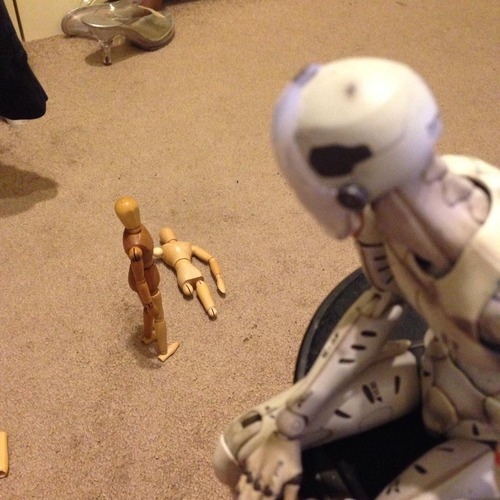


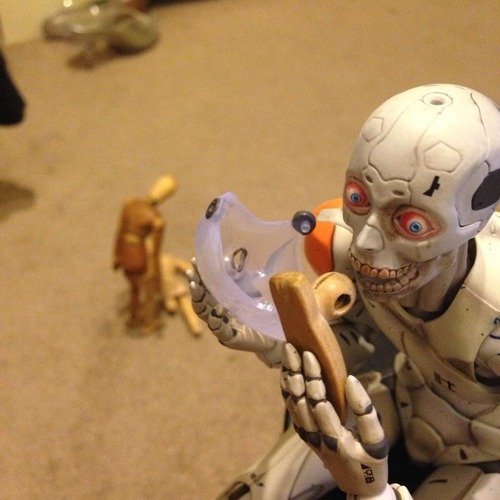
SEND HELP
208K notes
·
View notes
Text
Aromantic asexuals are great and welcome in the LGBTQIA+ community.
Aromantic allosexuals are great and welcome in the LGBTQIA+ community.
Aromantic ace-specs are great and welcome in the LGBTQIA+ community.
All aromantics are great and welcome in the LGBTQIA+ community.
166 notes
·
View notes
Text
aromantic asexuals deserve more recognition,
aromantic allosexuals deserve more recognition,
all aromantics deserve more recognition!
64 notes
·
View notes
